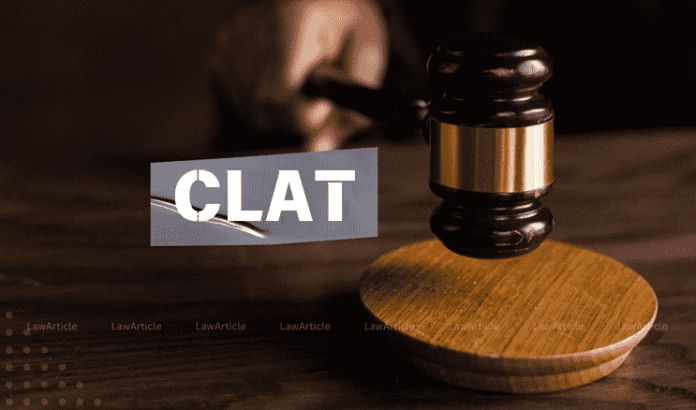Abstract
The rise of digital platforms has transformed the way students prepare for competitive examinations, and the Common Law Admission Test (CLAT) is no exception. Today, telegram groups and YouTube channels dedicated to CLAT preparation attract thousands of aspirants. These platforms promise free content, quick updates, and easy accessibility—making them an attractive alternative to costly coaching institutes. But the question remains: are Telegram and YouTube reliable sources for CLAT preparation or they just waste a student’s time?
Why Aspirants Turn to Social media platforms?
- Free Resources – Aspirants often find PDFs of current affairs, legal reasoning practice sets, and mock papers on Telegram. For students wanting free resources, this can be a huge help. Similarly, YouTube offers countless free video lectures covering everything from comprehension and reasoning to strategy sessions.
- Accessibility and Convenience – With just one apo, students can access hundreds of hours of lectures and notes anytime, anywhere. This flexibility is beneficial for all especially school students who balance boards with CLAT preparation.
- Peer Community – Telegram groups allow interaction with thousands of other aspirants. From discussing doubts to exchanging mock test scores, these communities create a sense of competition and motivation. Similarly, platforms like WhatsApp and YouTube help aspirants connect to each other for better productivity.
- Expert Educators Online – Many reputed teachers and coaching brands now run YouTube channels, Telegram channels and Instagram pages, offering free sessions to showcase their teaching style. This gives students exposure to quality lectures without spending money.
- Fun with learning – CLAT is a reasoning based exam, requiring understanding more than memorizing. Digital platforms provide a mode to understand concepts easily. It also tells us about happening around which helps in GK section. Similarly, social media platforms like Instagram and Facebook give good fun and knowledgeable content coming from institutes or independent teachers and ex students.
The Flip Side: Risks and Limitations
While Telegram and YouTube are powerful tools, they come with significant drawbacks if relied on blindly.
- Content Authenticity – Not all material shared on these digital platforms is accurate or updated. Many notes are recycled from older exams, sometimes even containing factual errors. It can also have errors in solutions, reducing the confidence of aspirant, even if he is doing well. Depending solely on them can harm preparation.
- Lack of Structured Learning – YouTube videos and Telegram PDFs mostly do not follow a consistent syllabus. Unlike coaching institutes where topics are taught in a systematic manner, students often end up consuming content randomly, leading to wrong direction and widened gaps in preparation.
- Overload of Resources – With so much free content available, aspirants can feel overwhelmed. The temptation to keep collecting notes and watching videos without actual practice is one of the biggest problems.
- Distraction and Misinformation – Telegram groups often become cluttered with irrelevant discussions, forwarded memes, or even pirated coaching materials. Similarly, not all YouTube “toppers’ strategies” are authentic—many are exaggerated for views.
- Disguised mentors – Not every person you come across on social media is a real CLAT mentor. Some people, give blunt advices without any prior experience, significantly wasting a student’s time and also hampering his preparation.
Using These Platforms Effectively
Instead of rejecting Telegram and YouTube outright, aspirants should learn how to use them smartly:
- Curate Trusted Sources – Follow only a few credible YouTube educators or channels known for CLAT content. Avoid switching between dozens of creators.
- Use Telegram Selectively – Join 2–3 groups for current affairs updates or doubt-solving, but mute unnecessary notifications to avoid distractions.
- Cross-Verify Content – Whenever you rely on notes from Telegram, verify facts with reliable sources like The Hindu, LiveLaw, or coaching materials.
- Stick to a Core Plan – Use coaching modules, reference books, or your own notes as the backbone of preparation. YouTube and Telegram should be treated as supplementary tools, not the primary source.
- Focus more on Practice – Watching videos and collecting PDFs won’t help unless you regularly solve mock tests and analyse your mistakes.
Conclusion
Telegram and YouTube are undoubtedly valuable for CLAT aspirants as they offer free, accessible, and diverse resources. However, they can never replace structured study and disciplined practice that traditional learning and institutes provide. The win lies in utility – use these platforms as supplements, not substitutes. A student who knows how to filter reliable.
Also Read:
Rights of undertrial prisoners in India
How To Send A Legal Notice In India


